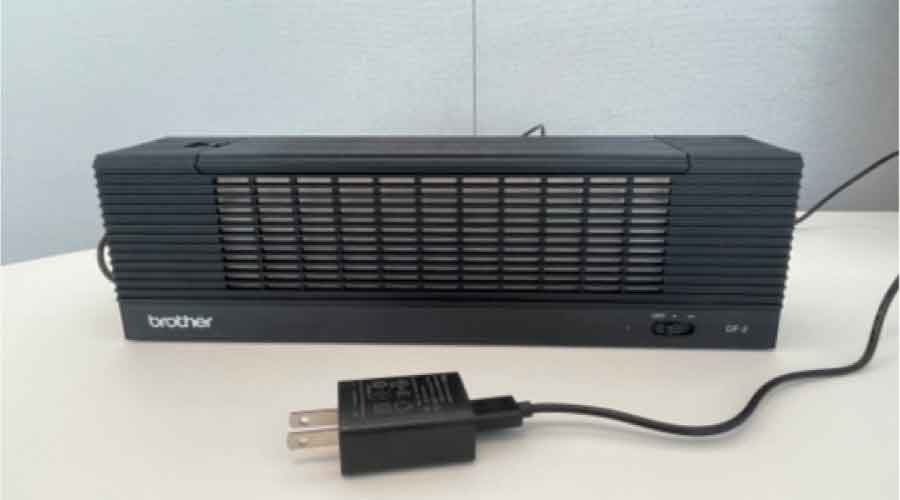
The North Residence Hall at Indiana University-Purdue University Indianapolis.
Matthew Kirschner Photograph
Common Safety Strategies for Keeping Student Residence Halls Safe
Sophisticated security systems are being incorporated into housing designs. October 31, 2022
When designing or renovating a student housing facility, square footage, number of occupants and budget are often top design considerations for facility managers. Designing for student safety ranks even higher, says a design expert.
“Protecting students from intruders and dangerous individuals is always top of mind, and frequently discussed during the design process for any student housing project,” says KWK Principal Javier Esteban, AIA, LEED AP. “There are several common safety strategies that we as architects always strive to implement in any design. Sophisticated new technologies are adding a valued extra layer of safety to traditional designs.”
The safety and security industry has moved toward more personalized security systems where a user’s data resides directly on access cards to gain entry into student housing facilities and fingerprinting or other biometric processes are being used to access secure areas, Esteban says. The newest generation of security cameras also provide higher definition images at lower lighting levels, with the ability to cover much wider angles, creating a very strong, multi-layered security system.
“The prices of these sophisticated devices are coming down and becoming more affordable for many universities,” Esteban says. “The level of sophistication of new access control system technology can provide nearly instantaneous data on what key was used and when the entry was accessed and locked and could also provide control of locking from the outside via a website in cases of wired electronic door hardware. This technology can also provide a vital tool for forensic examination should a security breach occur.”
Additional ways high-tech safety technology is being incorporated into student housing design include:
- Providing access cards on exterior entry points
- Specifying new door hardware technologies that allow for greater control
- Using Power Over Ethernet (POE) access control hardware that allows for centralized building locking controls on doors in case of an intruder or active shooter
- Monitoring entry points at the building with electronic controls and cameras
- Installing local alarms at exit-only stairs and exits to notify security of potential breaches, including timers on doors for alarms to sound in case a door has been propped open
- Including a bedroom, suite or apartment electronic access control point
Traditional design theories that incorporate basic layers of security and the human element on site, throughout the building, and in individual units should still apply in today’s student housing designs and complement the use of technology, Esteban says. These include:
- Creating a clear separation between public and private areas
- Reducing the number of building entry points to guide students and visitors past a reception desk, while still maintaining an adequate number of exit points
- Providing adequate exterior lighting near the building
- Creating clear paths to public areas and reducing or eliminating hiding places, such as open access enclosures and tall, dense landscaping
- Controlling access points at the main public floors between the public and residential floors
- Incorporating a reception front desk area with a set of eyes (this is typical at most if not all residence halls)
- Designing spaces that create a sense of security. For example, instead of having a dark, empty sidewalk, design the sidewalk to pass near a public space that people can observe
- Locating large windows in the first-floor lounges that face building accesses to provide visibility
- Designing laundry rooms with glazing-facing corridors, or even locating washers and dryers in a manner that does not create dead-end situations, so a person would have two accesses out
“In the end, when it comes to designing for security, the good guys must always have it right, but the bad guys only need to breach these systems once. Despite all the new, more advanced technologies available, having the right human behind or in front of this technology makes all the difference,” Esteban says.
KWK Architects is based in St. Louis, Missouri, and partners with colleges and universities on student housing and dining, and academic and science and technology spaces. Visit www.kwkarchitects.com for more information.
Next
Read next on FacilitiesNet












